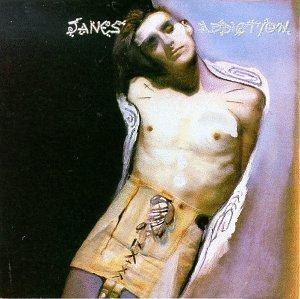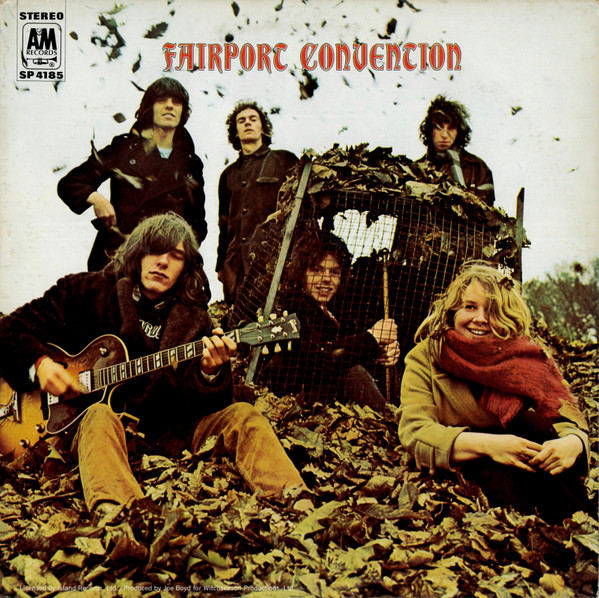 Nearly two decades into the 21st century, Peter Gabriel was still touring occasionally, and releasing the occasional one-off track, but there was no sign of new album. And for someone who was always on the cutting edge of technology and interaction, he was one of the longest holdouts among musicians of his stature to allow his music on streaming services, specifically Spotify. (Money does talk, after all.) When he did finally relent, the floodgates opened, kind of.
Nearly two decades into the 21st century, Peter Gabriel was still touring occasionally, and releasing the occasional one-off track, but there was no sign of new album. And for someone who was always on the cutting edge of technology and interaction, he was one of the longest holdouts among musicians of his stature to allow his music on streaming services, specifically Spotify. (Money does talk, after all.) When he did finally relent, the floodgates opened, kind of.By this time he’d racked up more than an album’s worth of songs that had been featured on movie soundtracks, so Rated PG was a very inspired compilation, with a clever title and hilarious artwork to match. It was first released as a picture disc for a Record Store Day, but eventually made it to streaming and CD. It doesn’t include every song he wrote or supplied for a soundtrack, but it does collect some worthwhile rarities.
In the time since Up he had become a father again, but his contribution to a Babe sequel predated that. “That’ll Do” was written by Randy Newman but thankfully sung by Peter with instrumental help from Paddy Maloney of the Chieftains and the Black Dyke Mills (brass) Band. Ten years later, the more upbeat “Down To Earth” was a collaboration with composer Thomas Newman for WALL-E. Then there’s the more archetypal “This Is Party Man”, an alternate version of a track used in Virtuosity, credited as a co-write with Tori Amos, but we’re not sure exactly how. “The Book Of Love” of course was a springboard for the Scratch My Back project, and it’s still lovely, but it’s followed by “Taboo”, written with and sung by Nusrat Fateh Ali Khan from the Natural Born Killers soundtrack.
“Everybird” was the most recent track here, a sweetly melancholy track for an obscure animated film, then it’s all the way back to 1984 for “Walk Through The Fire”, which was overshadowed on the Against All Odds soundtrack by the title track, which was a smash hit by Phil Collins. (Then again, nobody paid attention to the song Mike Rutherford contributed.) “Speak (Bol)” is from a more recent political thriller, and has some anthemic qualities, as well as vocals in Urdu sung by Atif Aslam, while “Nocturnal” is from an even more obscure French film. It’s a moody, not necessarily dark track, though the lyrics suggest otherwise. Perhaps as a sop to those who want something familiar, “In Your Eyes” closes the set in an alternate mix—not the same one from the Say Anything soundtrack, but incorporating elements from other versions.
 Despite being all over the place genre-wise, Rated PG holds together well, though it certainly could have been more comprehensive. This was addressed in a big way in late 2019 by Flotsam And Jetsam, a digital-only compilation running nearly six hours. Despite not being a physical release, it was separated into three “discs”, the first of which would fit on a single CD if they sold one. It begins with his cover of “Strawberry Fields Forever” from a very strange film, then continues through B-sides mostly presenting intriguing alternate versions of tracks from his first four solo albums, as well as such rarities as “Teddy Bear”, “Soft Dog”, “Across The River”, and “Here Comes The Flood” in German.
Despite being all over the place genre-wise, Rated PG holds together well, though it certainly could have been more comprehensive. This was addressed in a big way in late 2019 by Flotsam And Jetsam, a digital-only compilation running nearly six hours. Despite not being a physical release, it was separated into three “discs”, the first of which would fit on a single CD if they sold one. It begins with his cover of “Strawberry Fields Forever” from a very strange film, then continues through B-sides mostly presenting intriguing alternate versions of tracks from his first four solo albums, as well as such rarities as “Teddy Bear”, “Soft Dog”, “Across The River”, and “Here Comes The Flood” in German.
Each of the other “discs” exceeds two hours. The second covers the period bookended by So and Us; most of these tracks are remixes, which can get repetitive and tedious, but then there are highlights like “Quiet Steam”, “Don’t Break This Rhythm”, and “Curtains”. The last segment covers a 22-year period, dominated at first by tribute album appearances and other soundtrack contributions, then by remixes from Up. Yet it closes with new material of sorts: two completed mixes of the So-era work in progress “Courage”; the standalone single “I’m Amazing”, inspired by Muhammed Ali and released in tribute after the man’s death; and “The Veil”, written for Oliver Stone’s biopic of Edward Snowden.
There were still some missing pieces, like his songs from the Gremlins and Philadelphia soundtracks, but at least everything sounded good. Despite the demand, it likely wouldn’t have been the most lucrative set, so people can skip around when streaming, or cherrypick to their hearts’ content via Bandcamp.
Peter Gabriel Rated PG (2019)—3
Peter Gabriel Flotsam And Jetsam (2019)—2½
Current CD availability: none; streaming only




